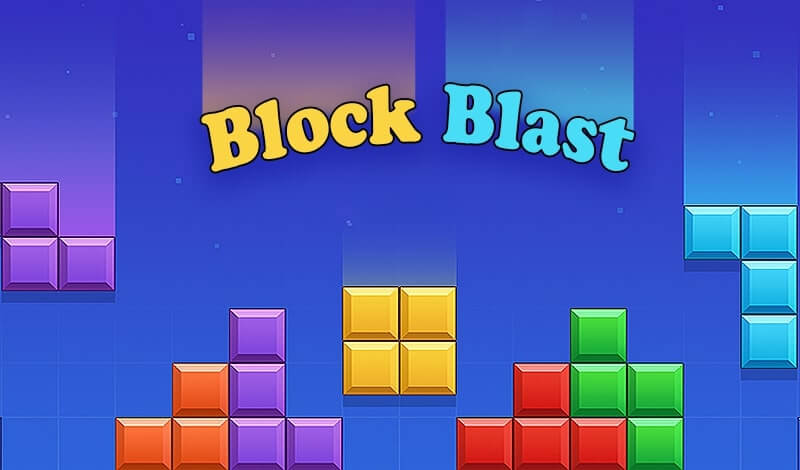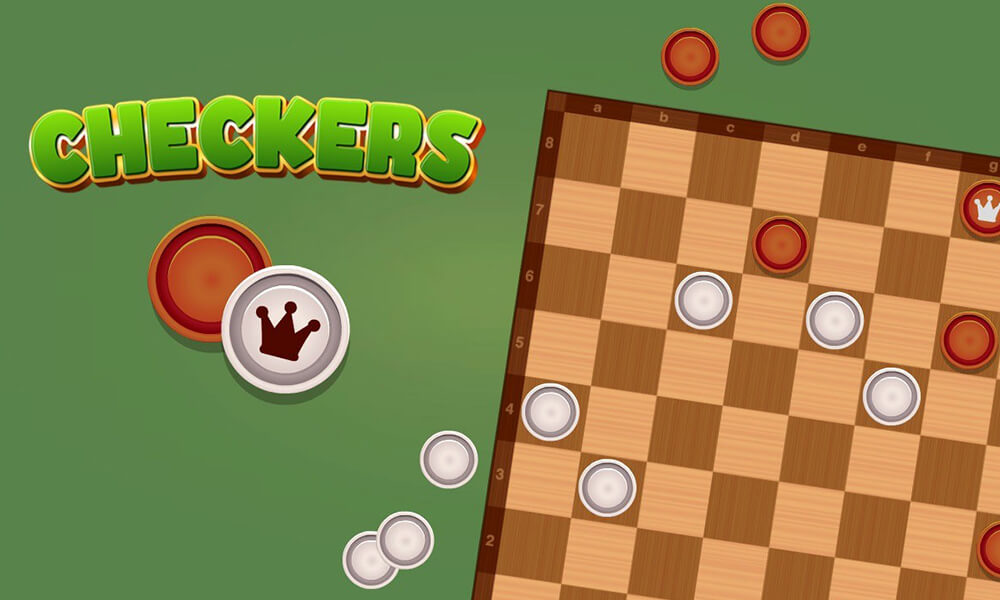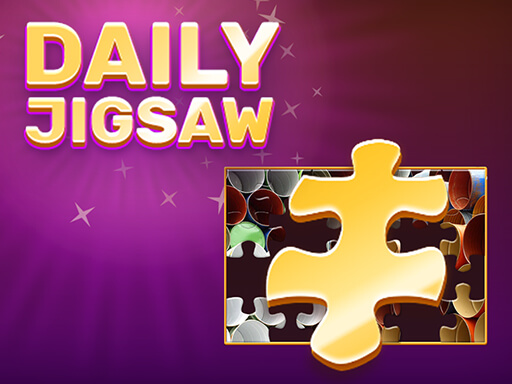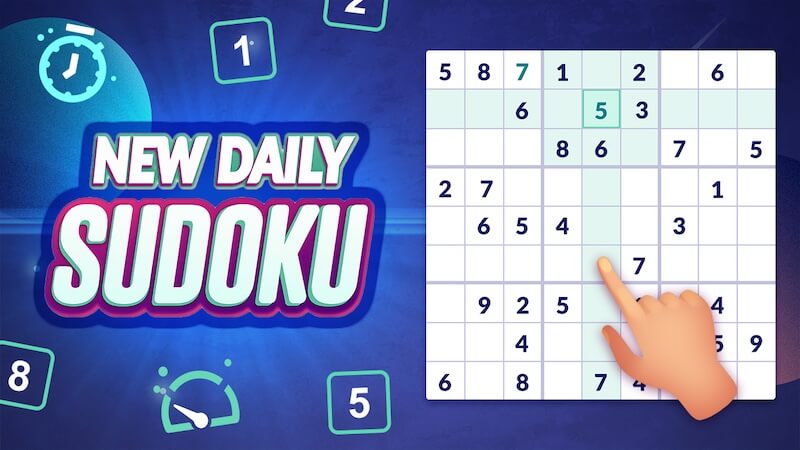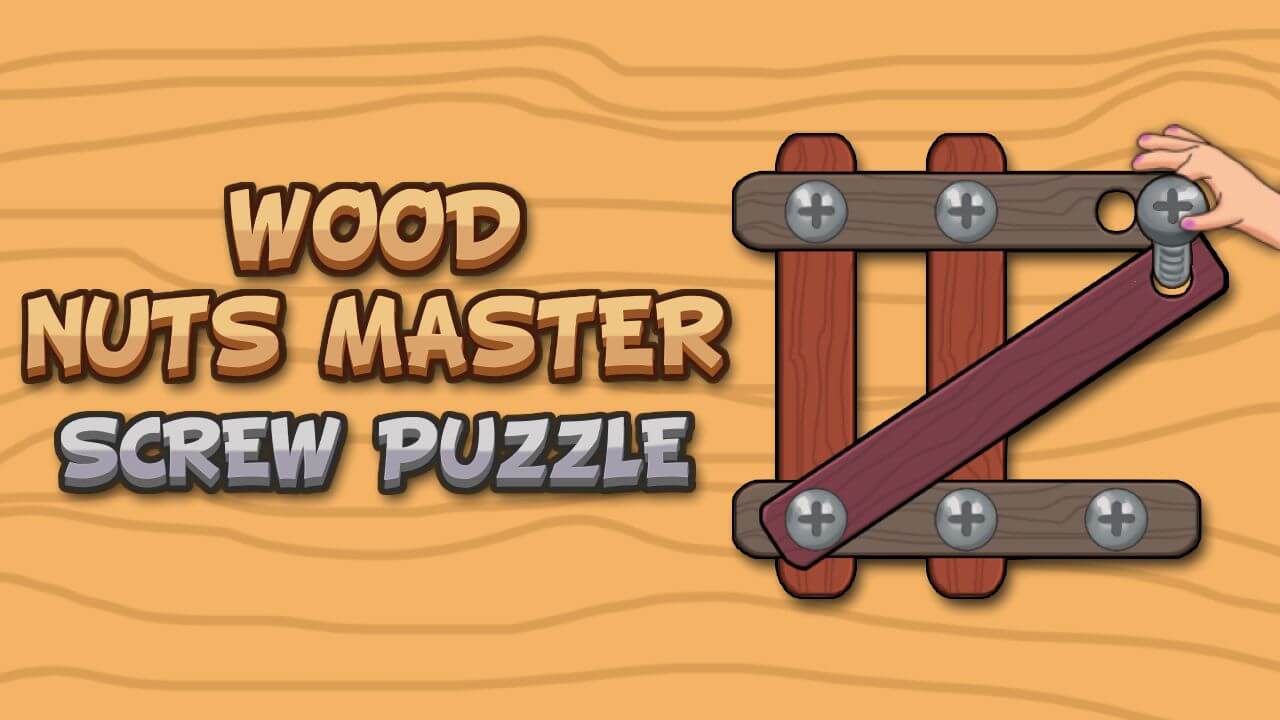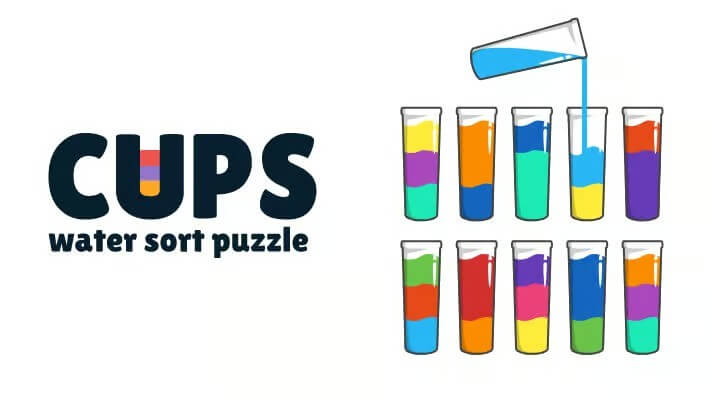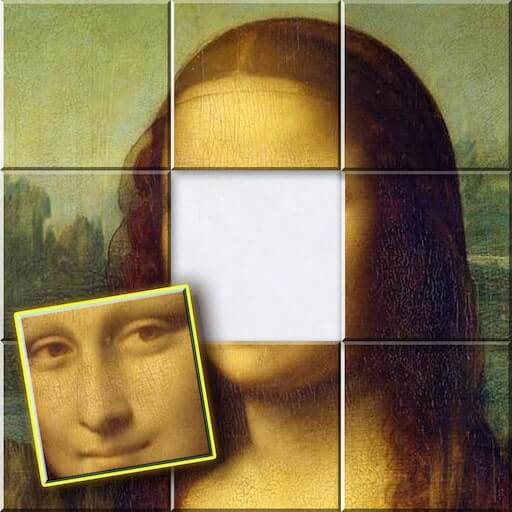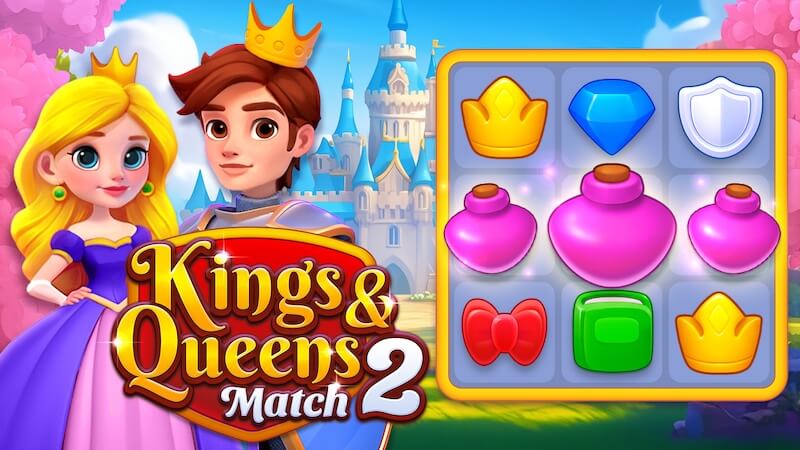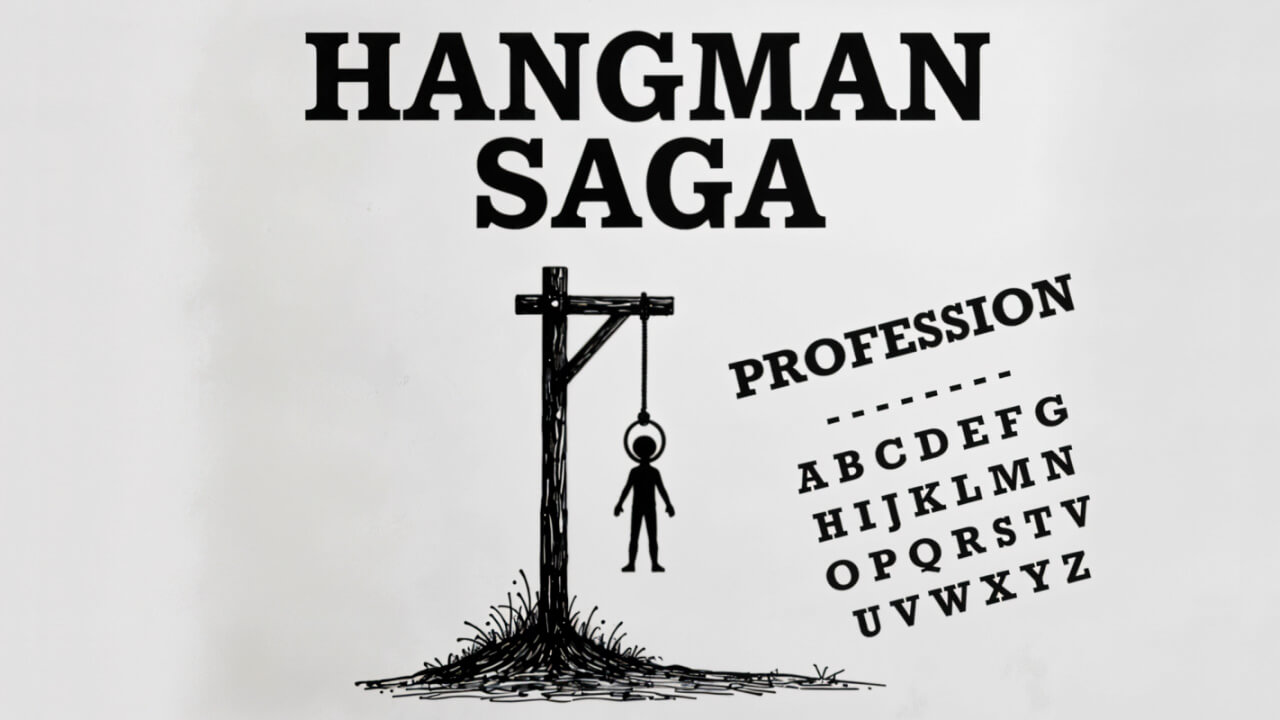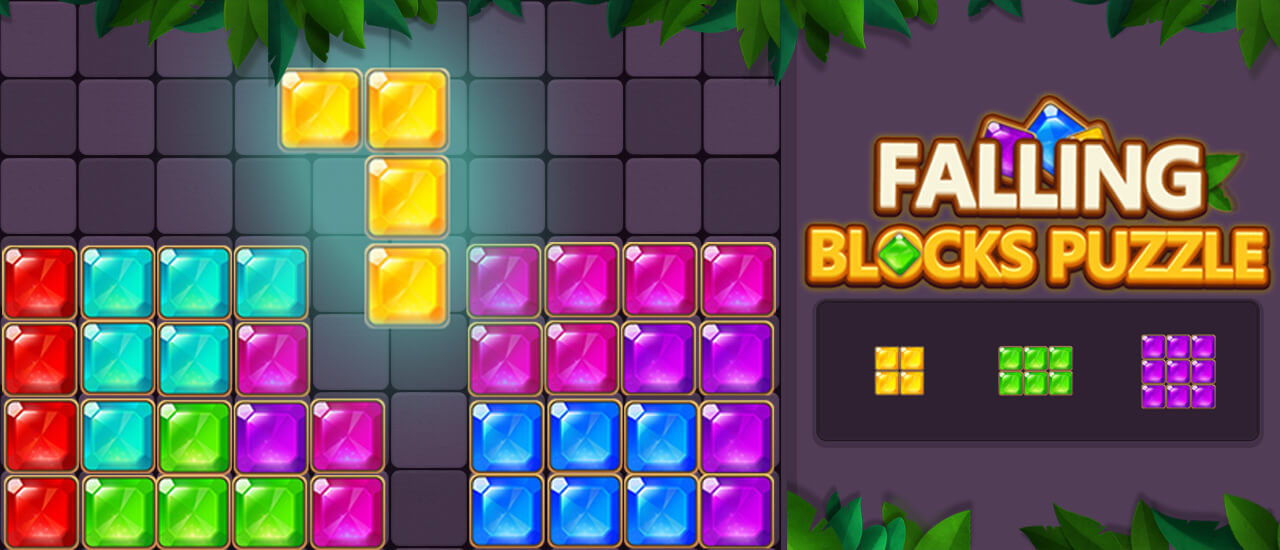Mine Sweeper: The Timeless Logic Puzzle
The Essence of Mine Sweeper
Mine Sweeper stands as one of gaming's most enduring puzzles, challenging players with a deceptively simple premise that masks remarkable depth. This classic game transforms a grid of hidden dangers into a battlefield of logic and probability, where every click could lead to victory or instant defeat.
At its core, Mine Sweeper presents players with a rectangular board containing concealed mines. Your mission? Clear every square that doesn't contain a mine, using numerical clues to navigate safely through the minefield. The elegant simplicity of Mine Sweeper belies its complex strategic elements, making it accessible to newcomers yet challenging for veterans.
The Fascinating History of Mine Sweeper
Mine Sweeper's origins trace back to the mainframe era of the 1960s and 1970s, with Jerimac Ratliff's Cube serving as its earliest ancestor. The first true Mine Sweeper-style game featuring mines and numbered squares was Mined-Out, developed by Ian Andrew and published by Quicksilva for the ZX Spectrum in 1983.
However, Mine Sweeper achieved global recognition when Microsoft included it as a standard game in Windows 3.1 (1992). This version, created by Curt Johnson based on Robert Donner's design, introduced Mine Sweeper to millions of computer users worldwide, cementing its status as a cultural icon.
How Mine Sweeper Works
The mechanics of Mine Sweeper balance simplicity with strategic depth:
- Left-click reveals a square, potentially showing a number or a mine
- Right-click places a flag on suspected mine locations
- Numbers indicate how many mines lurk in the eight surrounding squares
- Empty squares automatically reveal adjacent areas, creating cascading openings
- The game ends instantly if you uncover a mine
Mine Sweeper typically offers three difficulty levels that alter the playing field:
- Beginner: 9×9 grid containing 10 mines (12% mine density)
- Intermediate: 16×16 grid with 40 mines (15.6% mine density)
- Expert: 16×30 grid hiding 99 mines (20.6% mine density)
This escalating challenge ensures Mine Sweeper remains engaging regardless of your experience level.
Strategic Approaches to Mine Sweeper
Mastering Mine Sweeper requires developing several key strategies:
The Edge Advantage
Experienced Mine Sweeper players often begin at the edges or corners where squares have fewer neighbors, reducing the probability of encountering mines and providing clearer information.
Pattern Recognition
Mine Sweeper success hinges on identifying common configurations. The classic "1-2 pattern" (adjacent squares showing 1 and 2) frequently yields actionable information about mine placement. As you play Mine Sweeper more, these patterns become second nature.
Probability Analysis
When facing ambiguous situations in Mine Sweeper, calculating probabilities becomes essential. Advanced players mentally track which squares have the lowest chance of containing mines, making informed decisions rather than random guesses.
Flagging Strategy
Selective flagging in Mine Sweeper can clarify the board state. Some experts flag sparingly to maintain speed, while others flag extensively to visualize patterns more clearly. Both approaches have merit in Mine Sweeper gameplay.
The Mathematical Depth of Mine Sweeper
Beneath its accessible surface, Mine Sweeper harbors surprising mathematical complexity. In 2000, mathematician Richard Kaye proved that determining whether a Mine Sweeper position is consistent with some arrangement of mines is NP-complete – placing it in the same complexity class as some of computing's most challenging problems.
This mathematical depth explains why creating perfect Mine Sweeper solving algorithms remains difficult, and why human intuition still plays a crucial role in high-level Mine Sweeper gameplay.
Mine Sweeper's Cultural Impact
Few games match Mine Sweeper's unique cultural footprint. As a standard Windows inclusion for decades, Mine Sweeper became the quintessential "work distraction," appearing on millions of office computers worldwide. Its distinctive iconography – particularly the smiley face that changes expression based on game state – has achieved recognition far beyond gaming circles.
Mine Sweeper's influence extends into modern game design, with its core mechanics inspiring countless puzzle games that balance probability, pattern recognition, and risk management.
Modern Variations of Mine Sweeper
The enduring appeal of Mine Sweeper has spawned numerous variations:
- Hexagonal grids that alter the adjacency relationships
- Three-dimensional versions adding layers of complexity
- Competitive multiplayer adaptations
- Mine Sweeper implementations with alternative mine mechanics
- Mobile versions optimized for touch controls
Each variation preserves Mine Sweeper's fundamental tension while exploring new dimensions of its gameplay.
Why Mine Sweeper Endures
Decades after its mainstream introduction, Mine Sweeper continues to captivate players worldwide. Its perfect balance of accessibility, depth, and the constant risk-reward calculation creates a uniquely engaging experience. Unlike many games that rely on reflexes or memorization, Mine Sweeper rewards logical thinking and probability assessment – skills that remain satisfying to develop regardless of technological advancement.
Whether you're a casual player seeking a quick mental challenge or a dedicated enthusiast pursuing record times, Mine Sweeper offers a timeless puzzle experience that continues to challenge and delight across generations of gamers.
